Introduction
Sago pudding, also known as sago dessert or pearl sago, is a popular sweet treat enjoyed across various cultures, particularly in Southeast Asia. Its unique texture, combined with the creamy and sweet flavors, makes it an irresistible dessert for many. While it may seem like a complex dish to prepare, with the right ingredients and a step-by-step approach, anyone can make delicious sago pudding at home. This guide will walk you through the entire process, from selecting the right ingredients to achieving the perfect consistency and flavor.
Understanding the Basics of Sago Pudding
Before diving into the recipe, it’s essential to understand what sago is and its role in the dessert. Sago comes from the sago palm, a tropical plant whose starch is extracted to form small, pearl-like grains. These grains are the foundation of sago pudding, providing a chewy, almost tapioca-like texture. When cooked properly, sago grains become translucent and slightly firm, creating a delightful contrast to the creamy coconut milk or other liquid ingredients used in the recipe.
Ingredients You’ll Need

To make a classic sago pudding, you’ll need the following ingredients:
- Sago Pearls: The star of the dish. Look for small to medium-sized pearls for a pleasant mouthfeel.
- Coconut Milk: Adds creaminess and a rich, tropical flavor. Full-fat coconut milk is recommended for the best texture.
- Water: Used to cook the sago pearls and help them achieve the right consistency.
- Sugar: To sweeten the pudding. Adjust the amount based on your taste preference.
- Pandanus Leaves (Optional): Adds a subtle, aromatic flavor. If unavailable, you can skip this ingredient.
- Vanilla Extract (Optional): Enhances the overall flavor profile.
- Fruits (Optional): Mango, pineapple, or any tropical fruit can be added as a topping for extra flavor and texture.
- Ice Cubes (For Serving): Chilling the pudding before serving enhances its taste and texture.
Equipment
- A medium-sized pot for boiling water and cooking sago.
- A strainer or sieve for draining the cooked sago.
- A mixing bowl for combining ingredients.
- A refrigerator for chilling the pudding.
- Serving bowls or glasses.
Step-by-Step Recipe
Step 1: Prepare the Sago Pearls
-
Rinse the Sago: Place the sago pearls in a strainer and rinse them under cold running water to remove any starch dust. This step helps prevent the sago from becoming too sticky during cooking.
-
Soak (Optional): Some recipes recommend soaking the sago pearls in water for about 30 minutes before cooking. This can help them cook more evenly, but it’s not strictly necessary. If you choose to soak, drain the sago well before proceeding.
Step 2: Boil the Sago Pearls

-
Boiling Water: Fill a medium-sized pot with water and bring it to a rolling boil. The amount of water needed depends on the quantity of sago you’re cooking. Generally, use about 4-5 cups of water for every cup of sago.
-
Add Sago: Once the water is boiling, carefully add the rinsed (and optionally soaked) sago pearls. Stir immediately to prevent them from sticking together.
-
Cooking Time: Cook the sago over medium-high heat, stirring occasionally, until the pearls become translucent with a slight white center. This usually takes around 10-15 minutes, but the exact time can vary depending on the size of the pearls and your stove’s heat intensity.
-
Test for Doneness: To check if the sago is done, remove a few pearls from the pot and let them cool slightly. They should be translucent with a slightly firm texture. If they are still too opaque or too soft, continue cooking for a few more minutes and test again.
Step 3: Drain and Rinse
-
Drain the Sago: Once cooked, quickly drain the sago using a strainer to remove excess water.
-
Rinse with Cold Water: Rinse the cooked sago under cold running water to stop the cooking process and prevent overcooking. This step is crucial for achieving the perfect texture.

Step 4: Prepare the Coconut Milk Mixture
-
Combine Ingredients: In a mixing bowl, combine coconut milk, sugar, and vanilla extract (if using). Stir until the sugar is fully dissolved.
-
Adjust Sweetness: Taste the mixture and add more sugar if needed. Remember that the pudding will chill, which can make it taste less sweet.
Step 5: Mix and Chill
-
Combine Sago and Coconut Milk: Add the drained and rinsed sago pearls to the coconut milk mixture. Stir gently to combine.
-
Chill: Pour the mixture into a serving bowl or individual serving glasses. Cover and refrigerate for at least 2 hours or until thoroughly chilled.
Step 6: Serve and Enjoy
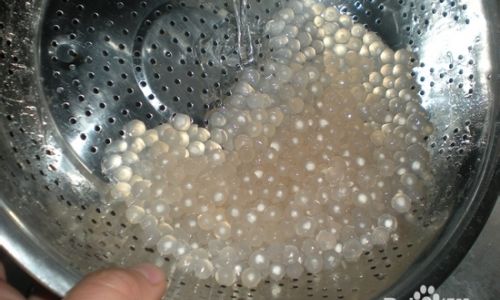
-
Add Toppings: Before serving, you can add fresh tropical fruits like mango, pineapple, or kiwi for a burst of flavor and color.
-
Garnish: Optionally, garnish with a sprinkle of ground cinnamon or a few pandanus leaves for an authentic touch.
-
Serve Cold: Serve the sago pudding chilled, with ice cubes if desired, to enjoy its creamy, sweet, and refreshing taste.
Troubleshooting Tips
- Sticky Sago: If your sago becomes too sticky during cooking or rinsing, it may be due to excess starch. Ensure you rinse the sago well under cold water after cooking.
- Overcooked Sago: Overcooked sago can become mushy. Test for doneness frequently and remove from heat once the pearls are translucent with a slight firmness.
- Not Sweet Enough: Taste the coconut milk mixture before adding the sago and adjust the sugar accordingly. Chilling can reduce perceived sweetness, so err on the side of slightly sweeter.
Conclusion
Making sago pudding at home is a rewarding culinary experience that allows you to customize the flavors and textures to your liking. With the right ingredients and careful attention to cooking and chilling times, you can create a delicious, refreshing dessert that’s perfect for any occasion. Whether you’re serving it as a sweet treat after a meal or enjoying it as a snack, sago pudding is sure to delight your taste buds and leave you feeling satisfied. Happy cooking!
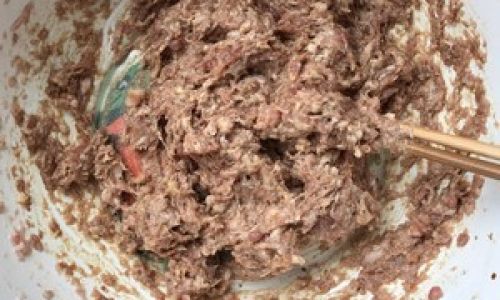
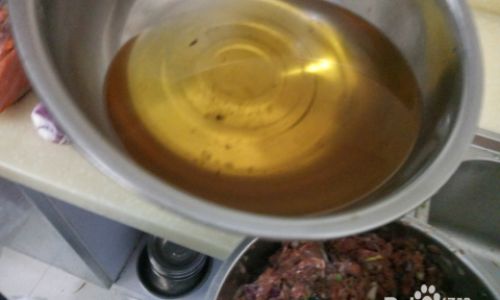
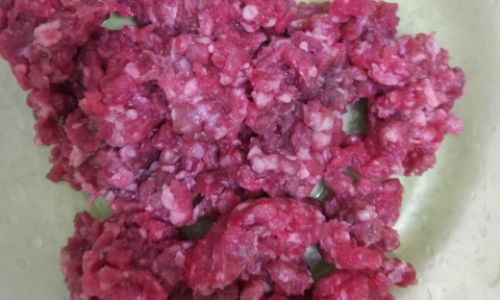
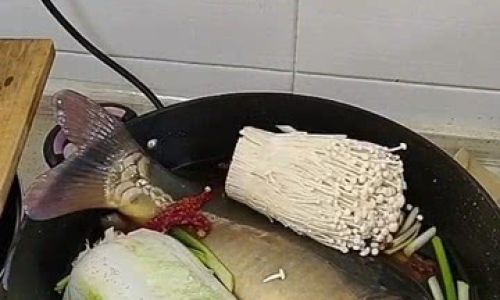


0 comments